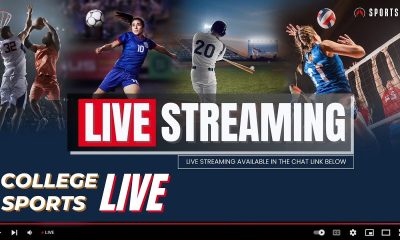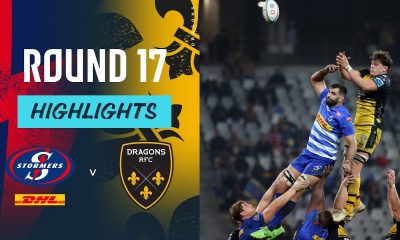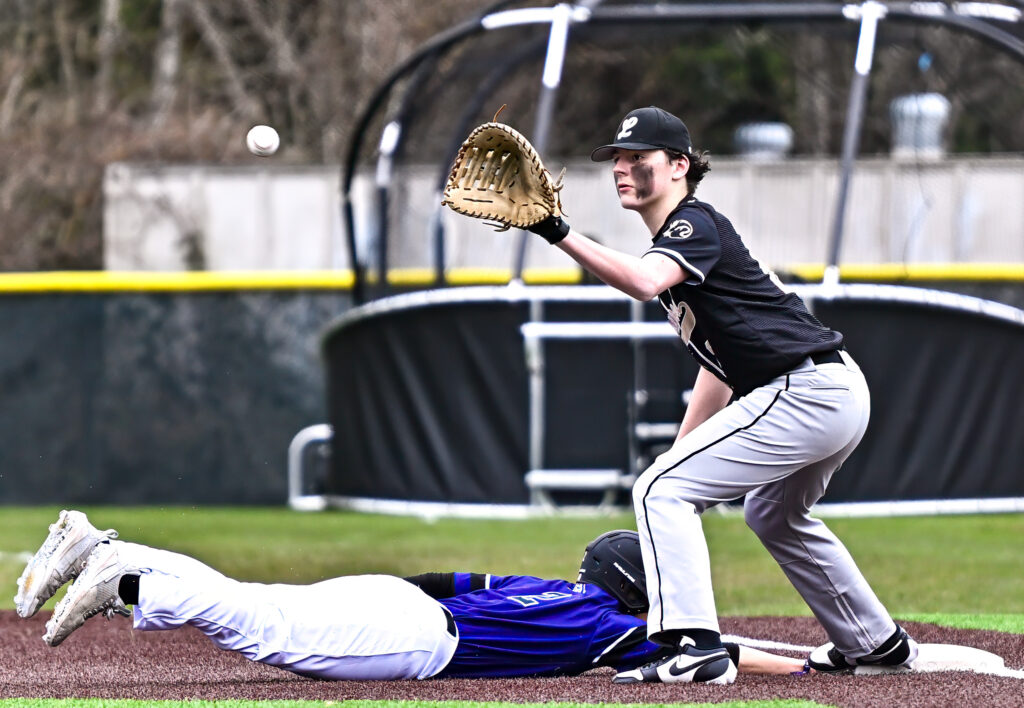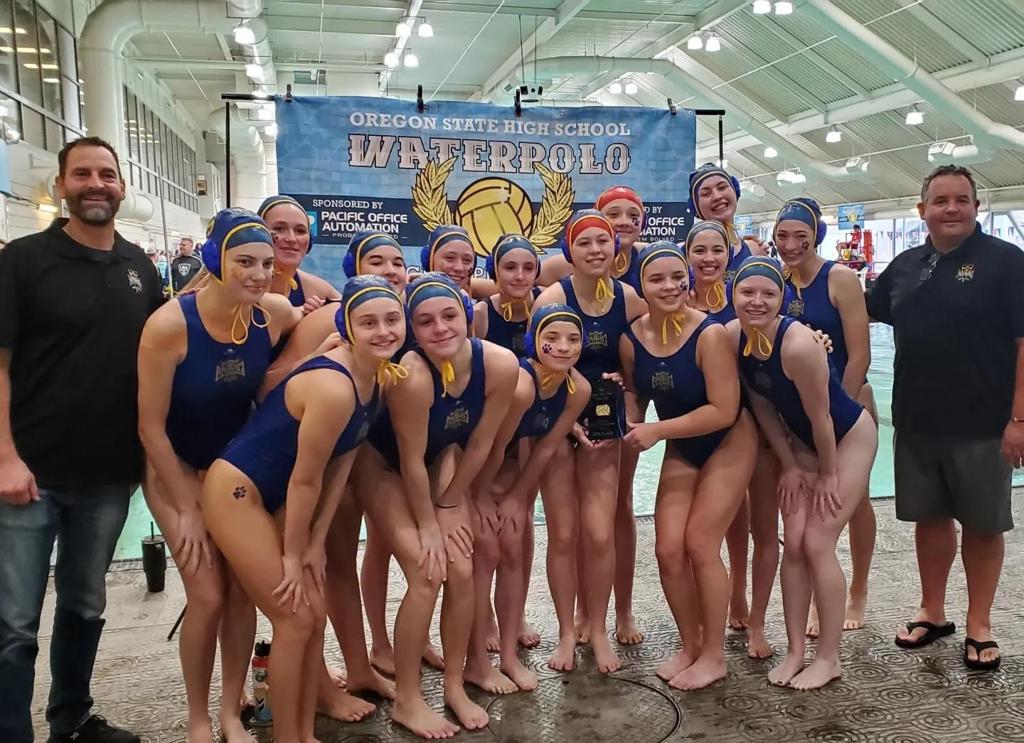NIL
Carter & Yossiana Coughlin on the NFL, pro volleyball, college sports, & faith
2
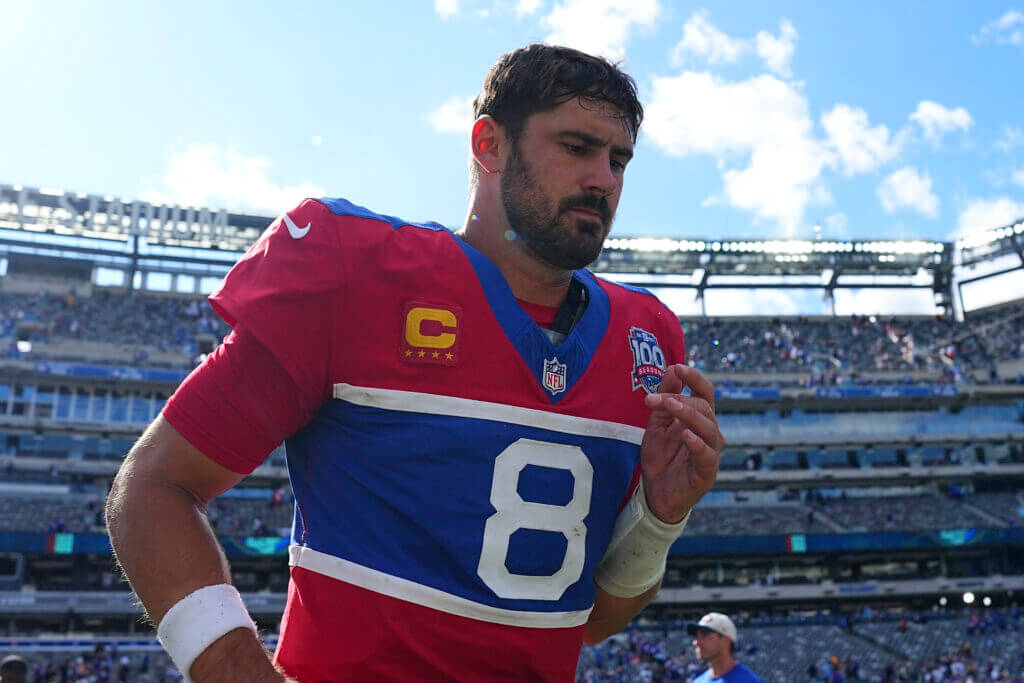
NIL
Deion Sanders has words for players abusing NIL system
Deion Sanders is concerned about the future of college football. The present state seems like the Wild West with the market growing rapidly. It’s not only college players cashing in on name, image and likeness, the elite high school talents are finding ways to rack up deals. Sanders was a guest speaker for an event […]
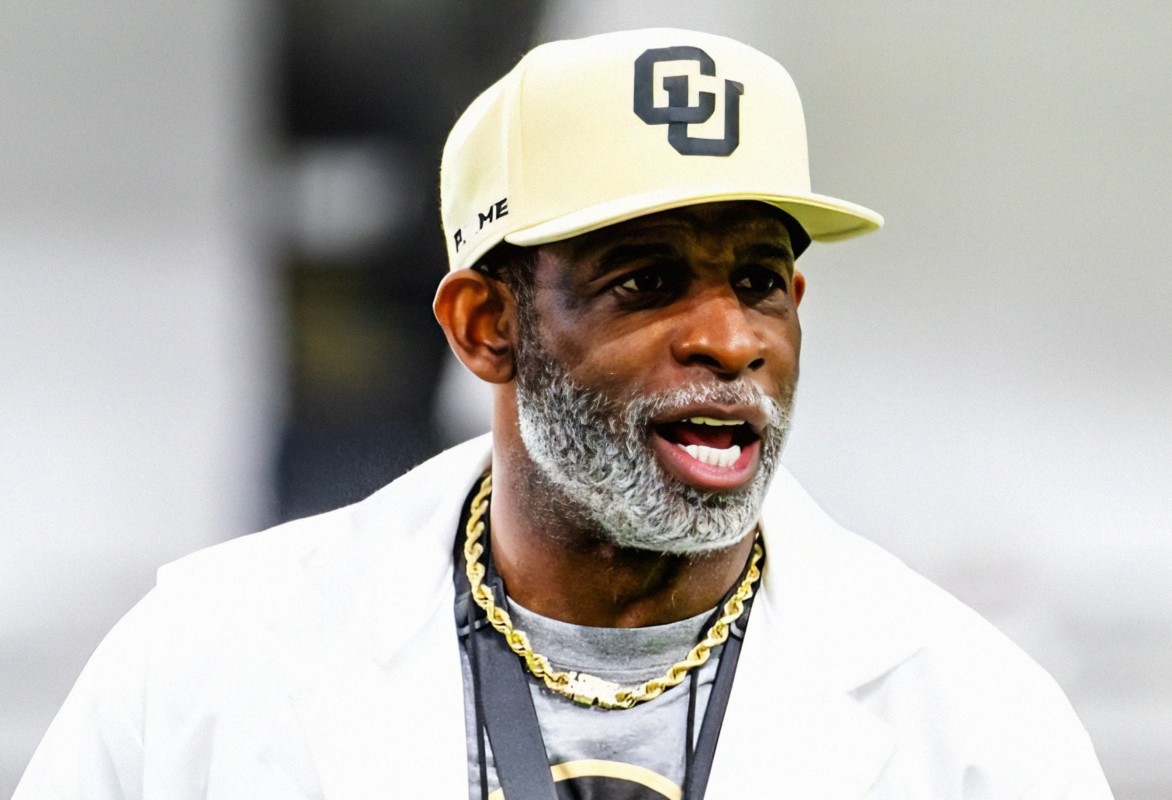
Deion Sanders is concerned about the future of college football. The present state seems like the Wild West with the market growing rapidly. It’s not only college players cashing in on name, image and likeness, the elite high school talents are finding ways to rack up deals.
Sanders was a guest speaker for an event in Las Vegas and talked about why he rushed to sign his extension with Colorado. He also dropped a comment about NIL and how the players are treating the system.
Advertisement
“I tried to hurry up and sign the deal,” Sanders said via Well Off Media. “First off, I wanted to get my coaches straight and NIL stuff straight because that stuff is crazy right now. Now it’s pay-per-view with these kids. Because I didn’t want it to affect my other kids. You know, like those pros thinking I want their jobs and would treat my kids unfairly. So I didn’t want that to happen. That’s kind of why I signed expeditiously.”
This isn’t the first time Sanders has commented about how NIL has gotten out of hand. In an interview with USA Today’s Jarrett Bell, He voiced support for a college football salary cap which mirrors the NFL’s structure.
“There should be some kind of cap. Our game should emulate the NFL game in every aspect,” Sanders said. “Rules. Regulations. Whatever the NFL rules, the college rules should be the same. There should be a cap, and every team gets this, and you should be able to spend that.”
Advertisement
For Sanders, it’s a fight about five years old in this NIL era. While players scrap for millions, there is a pay-for-play system with very little regulations in place.
Related: NBA Legend had words for Shedeur Sanders after first workout
“The competitive advantage is the school that has hundreds of millions of dollars, and not us,” Sanders told Bell. “You look at who’s always in the playoffs, you can look at their budget and look at this budget. That’s the advantage—not who has the autonomy to do a spring game.”
Related: Dan Lanning sends blunt message to Oregon recruits regarding NIL
Beginning in a few months, schools will be allowed to share up to $20.5 million each year with their athletes directly. This isn’t a 100% cap for players, given the fact they could go out and get NIL deals on the open market. However, there will be more oversight from the school who can reject deals viewed as predatory. Nothing like how the NFL is set up with player endorsements.
Related: Jaguars announce Travis Hunter news during minicamp
A different game begs for different rules of engagement. For now, there will be a need for regulations.
NIL
College Football Coaches Challenge Leverage of Players in Spring Transfer Portal
While it’s become the norm for star college football players to seek higher NIL paydays in the transfer portal, most of that movement is expected to come in the December window. This offseason, however, the chaos of the spring portal window exposed some cracks in the sport as name, image, and likeness continue to dominate […]
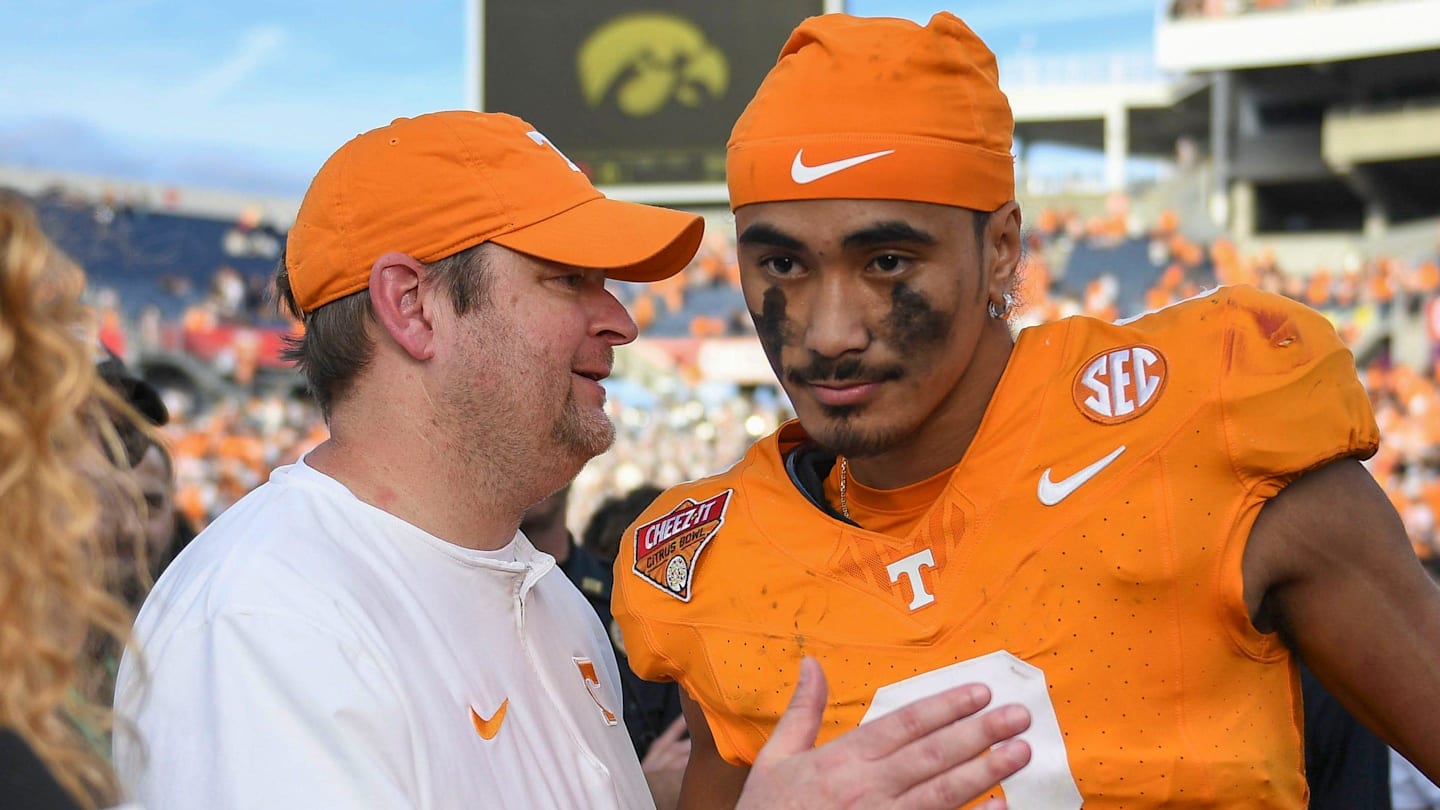
While it’s become the norm for star college football players to seek higher NIL paydays in the transfer portal, most of that movement is expected to come in the December window.
This offseason, however, the chaos of the spring portal window exposed some cracks in the sport as name, image, and likeness continue to dominate the scene.
The defining storyline came from the Tennessee Volunteers when former quarterback Nico Iamaleava sought a pay raise on his $2.4 million NIL deal. During the negotiations, the team eventually dismissed Iamaleava, who then joined the UCLA Bruins.
Tennessee head coach Josh Heupel found his potential next starter in transfer quarterback Joey Aguilar, but he missed a critical portion of the offseason in spring practice, one that was designed around a quarterback no longer on the roster.
Pete Nakos with On3Sports (subscription required) spoke with a Power Four GM who believes none of the drama that resulted in divorce with Iamaleava would’ve transpired if not for the spring portal window — one that lasts a mere 10 days.
“Never happens,” the general manager said. “It absolutely never happens if the spring portal doesn’t exist. It never happens. Nico doesn’t even have the leverage to make it happen.”
It wasn’t just the Iamaleava situation in a vacuum, though Heupel was championed by many for not conceding to the NIL demands. It set off a ripple effect where multiple ACC, Big 12, and Big Ten quarterbacks re-entered negotiations to secure higher paydays at their schools.
The threat of departure in April can be catastrophic for teams looking to the College Football Playoff, and the continued uncertainty is something many are seeking to eliminate from the sport.
It’s unclear how coaches plan to seek that path forward; much, if not all, of the attention of universities is centered around the House settlement and impending revenue-sharing for players. None of those discussions or the settlement language contains anything on the transfer portal.
Some coaches believe that six weeks is ultimately not enough time for players to decide they fit or don’t fit somewhere, and those who decide to move aren’t committed to the program at all. Wouldn’t they prefer to cut those losses rather than keep around guys who don’t fit their culture?
There’s no perfect solution to what stands at present, and those in favor may appreciate an additional offseason to evaluate the pieces that came in the December window as well as their returners, with the opportunity to address those holes in spring.
That’s easier said than done when continuously thinking about their rosters being poached, and that comfort level may override any desire to add in a second window.
NIL
Courtney Earns Spot on AAC All-Tournament Team
Story Links BOCA RATON, Fla. – Florida Atlantic softball’s Autumn Courtney’s success during the 2025 campaign, in which she was named the unanimous American Athletic Conference Pitcher of the Year, has continued in the postseason with a spot on the AAC All-Tournament team. In the AAC Semifinals, Courtney tossed a complete game […]
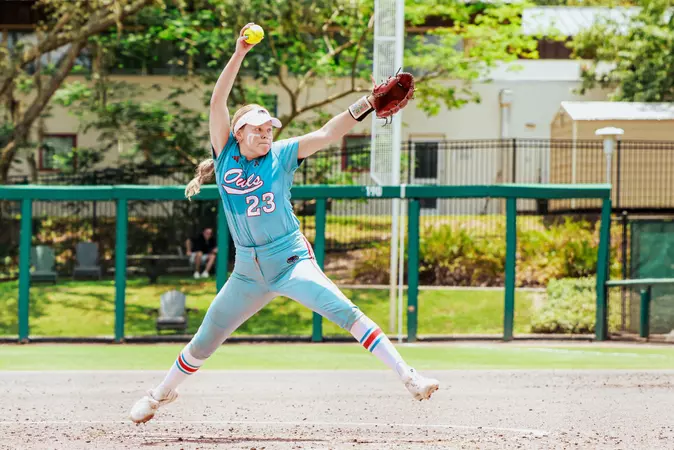
BOCA RATON, Fla. – Florida Atlantic softball’s Autumn Courtney’s success during the 2025 campaign, in which she was named the unanimous American Athletic Conference Pitcher of the Year, has continued in the postseason with a spot on the AAC All-Tournament team.
In the AAC Semifinals, Courtney tossed a complete game and allowed just one hit and no earned runs while striking out seven.
While the top-seeded Owls (44-10) came up short in a 1-0 defeat to North Texas due to an unearned run, the junior pitcher’s record stands at 23-3 on a 1.80 ERA, the 23rd lowest nationally, and 163 strikeouts, ranked 32nd in Division I. She also leads the conference in opponent batting average, limiting offenses to a .156 average at the plate.
Florida Atlantic will learn its fate in the NCAA Regionals during Sunday’s selection show at 7 p.m. on ESPN2.
For the Owls’ complete schedule, click HERE. To follow the team socially, visit @fausoftball, or for the most up-to-date information, go to www.fausports.com.
The Owls’ 2025 postseason is powered by Demand the Limits Injury Attorneys.
NIL
Tony’s takes: My three-step plan to save college football
Tony’s takes: My three-step plan to save college football Legendary Alabama football coach Nick Saban introduces President Donald Trump. Trump delivered a special commencement address to University of Alabama graduates at Coleman Coliseum. Graduation occurs over the weekend. Photo | Gary Cosby Jr.-Tuscaloosa News If Nick Saban is truly college football’s knight in shining armor, […]
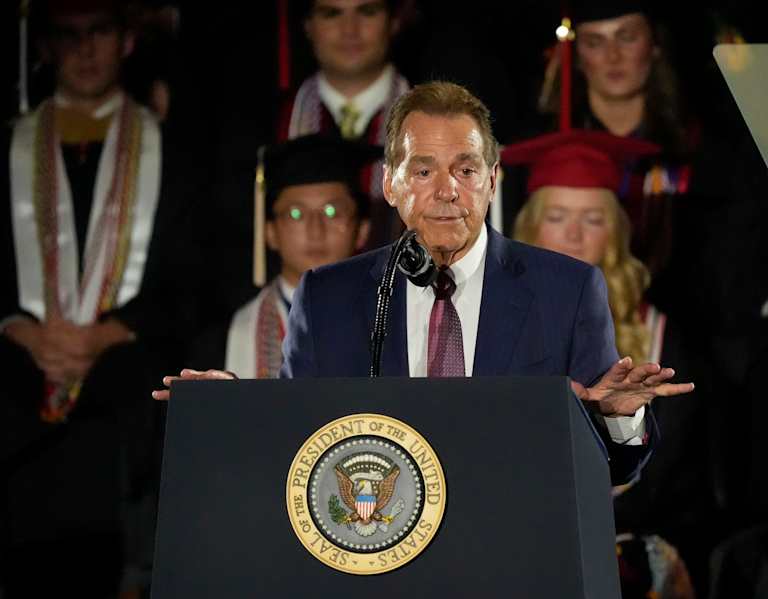
Tony’s takes: My three-step plan to save college football
If Nick Saban is truly college football’s knight in shining armor, this will be his biggest feat of heroics yet. Earlier this week, Saban and Texas Tech board of regents chairman Cody Campbell were chosen to co-chair President Donald Trump’s commission on college athletics.
The new commission is expected to examine the landscape of college sports and work toward fixing issues including booster-funded payments, transfer rules, conference alignment and Title IX. On paper, Saban — college football’s best-ever head coach — and Campbell — a former Texas Tech football player turned multi-billionaire businessman — appear to be promising choices for leadership.
I can’t say I’m confident the duo can save the sanctity of college football, but I can tell you the steps I would take if I were in their shoes. With that said, here is my three-step process to saving the sport.
Create a single transfer window
This is the most popular suggestion when it comes to fixing college football. Simply put, the spring transfer window is a mess. Most of the high-impact transfers are handled in the winter window, and having a 10-day transfer period following spring camp only leads to chaos and roster uncertainty.
A singular transfer window is a must, but with every solution comes a compromise. Currently, players have a 20-day transfer window in the winter followed by a 10-day period in the spring. My compromise is creating a single three-month window that begins on Jan. 1 and extends until March 31.
That’s an 89-day period compared to the combined 30 days players currently get. My timeline comes with a catch, but we’ll get to that later.
This is a win-win for both parties. Prospective transfers would have an extended amount of time to settle on a new destination, while teams would be able to finalize their rosters in time for spring camp.
Who knows, maybe this could revive Alabama’s A-Day game… provided we all pay a small contribution to Yea Alabama, of course.
Impose a roster-transaction window
Remember how I said my extended window comes with a catch? Well, here it is. While my model would give players an extended period to find a new home, it would impose a deadline for them to sign with a new school.
Players would have until March 31 to register with a new school for the coming season. Any unregistered player after that date would be eligible to sign and receive money from a school but would not be able to play until the beginning of the following window.
In addition, players who register with a team would not be eligible to re-register with another team in the same season. For example, if a player decided to transfer from his team in October, he could join a playoff team in January. Theoretically, an unregistered player could wait until January to join a playoff team. However, that scenario would be highly unlikely.
I’m even fine with early enrollees becoming immediately eligible for playoff teams provided those incoming freshmen elect to use their redshirt season in order to play in those games. Consider it an added recruiting benefit for contending teams.
Allow binding NIL contracts
While the above transfer alterations should help, things would be a lot easier if teams would be allowed to sign players to binding deals. That could soon become possible due to a multibillion-dollar antitrust case that would allow schools to pay athletes a portion of their media revenues, capped at $20.5 million per season, starting on July 1.
There’s still concern over how such a ruling would create a divide between the haves and have-nots of the sport. Wealthier teams would still have a distinct advantage, as they would be able to pool their NIL funds along with expected media revenue. However, at the very least, we might see an end to the continuous jumping of ship among players vying for more lucrative offers on a yearly basis.
As is the case with coaches, such contracts could come with buy-out clauses. That could create some interesting transfer situations. Say Alabama wanted to poach a star freshman from Auburn who had signed a three-year deal with the Tigers. Assuming that player had a buy-out clause, Alabama would pay Auburn that said fee, which the Tigers would be able to use on another transfer to fill the hole in their roster.
This isn’t a perfect fix, but it’s more realistic than creating any type of salary cap. Outside of the $20.5 million per season allowed in revenue sharing, the ambiguity of NIL makes it impossible to regulate how much money teams can promise players. There will always be a disparity between college football’s biggest programs. However, the introduction of contracts will at least bring some structure to what has become a chaotic landscape.
Drink of the week — Old Fashioned
I brainstormed my college football fixes over a few Old Fashioneds with a friend on Saturday night, so it’s only fitting that the cocktail should be our drink of the week.
No one makes a better Old Fashioned in Tuscaloosa than our friends at Session Cocktails. Here’s how they stir up the classic drink.
Combine two ounces of Old Forester bourbon (head coach Paul “Bear” Bryant’s favorite), .25 ounces of Demerara Syrup and three dashes of Angostura Bitters. Pour the ingredients into a glass, add ice and stir. Express an orange peel over the drink and rub it around the rim before placing it in the glass. Express a lemon peel over the drink before placing it in the glass as well.
Cheers!
(Commercial break: My drink of the week section is now sponsored by my friends at Session Cocktails in Tuscaloosa. Session has been a mainstay in Tuscaloosa’s cocktail scene since 2019 and offers some of the tastiest drinks in town. Stop by and tell them I said hi!)
NIL
Deion Sanders is succeeding in rebuilding Colorado after Shedeur's departure
Deion Sanders must start the 2025-2026 NCAA season from scratch. The departure of his stars, Shedeur Sanders and Travis Hunter, plus a mass exodus of players through the transfer portal will force Coach Prime to bring his A-game to surround his new protégé, Julian Lewis, with a contending team. Criticism from former cornerback Cormani McClain-who […]
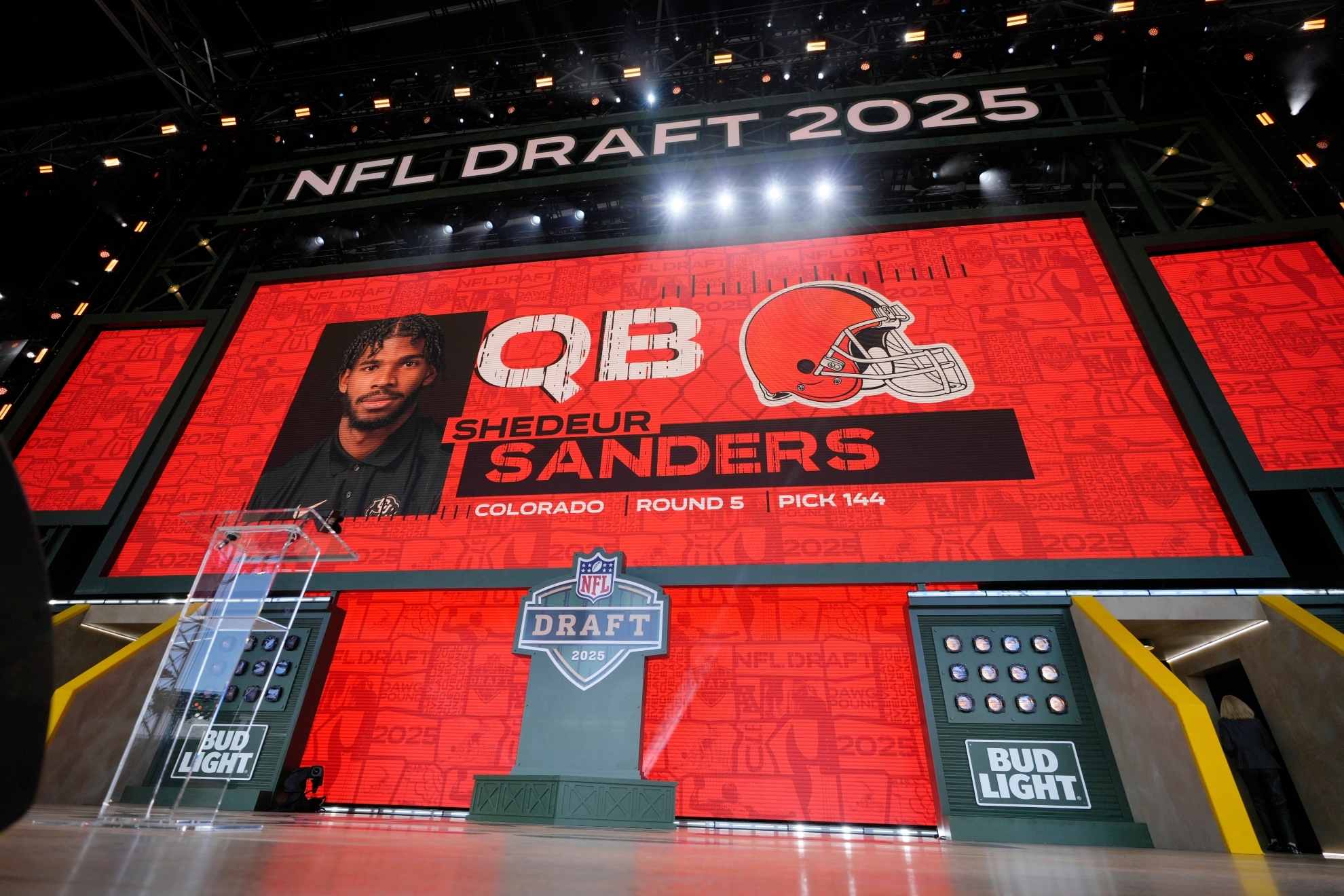

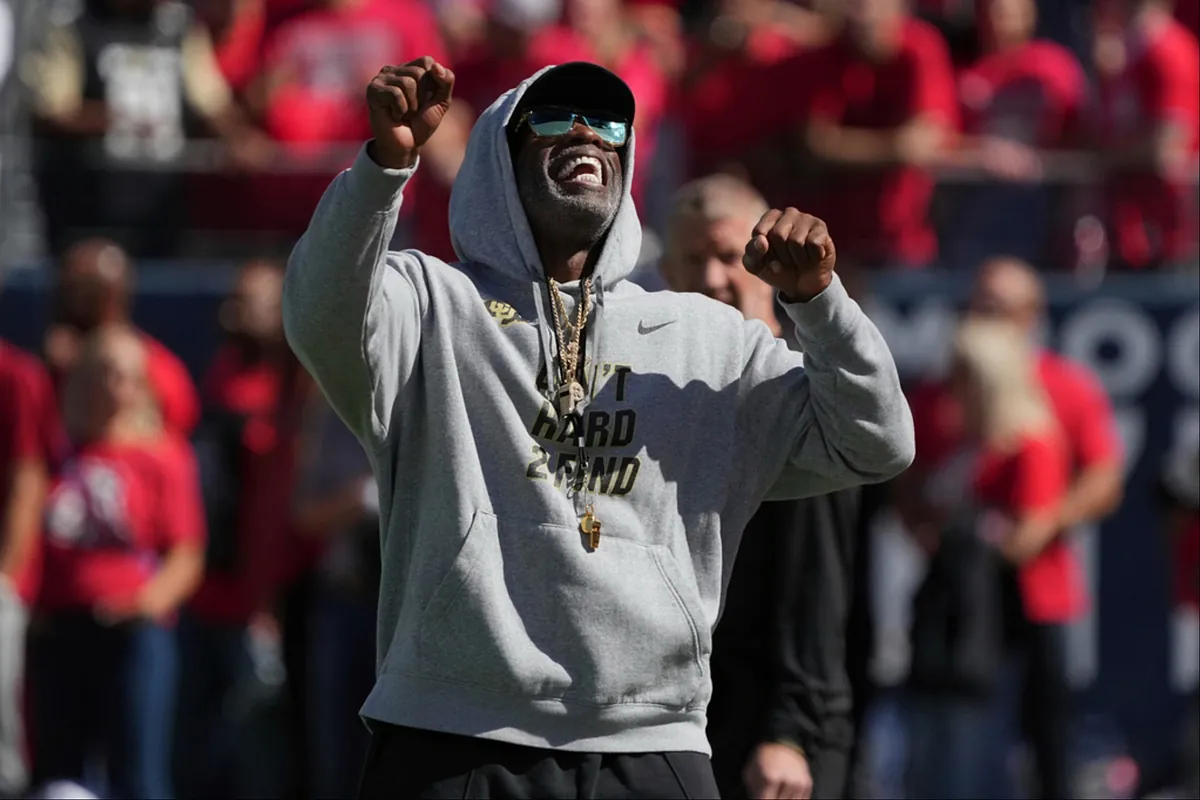
Deion Sanders must start the 2025-2026 NCAA season from scratch. The departure of his stars, Shedeur Sanders and Travis Hunter, plus a mass exodus of players through the transfer portal will force Coach Prime to bring his A-game to surround his new protégé, Julian Lewis, with a contending team.
Criticism from former cornerback Cormani McClain-who said Colorado played for “clicks” and therefore preferred to transfer to a “real” program-really hurted Sanders and Colorado’s reputation. The 2024-2025 offseason saw 26 players enter the transfer portal, leaving Coach Prime with a monumental task ahead.
However, true to form, Sanders turned the odds around and began rebuilding his team by snatching Lewis from USC to Boulder. One step at the time, he is surrounding the young quarterback with a team that can make a deep playoff run.
Coach Prime hits the recruiting trail
Sanders has been widely criticized for relying more on the transfer portal than the recruiting trail to build his team. Using the portal, the Buffs head coach added defensive back Noah King, safety John Slaughter, offensive tackle Larry Johnson, and running back DeKalon Taylor in less than 24 hours.
Nevertheless, Sanders has proven he can recruit and has already interviewed with the second-best receiver in the country, Cederian Morgan. Also pursued by Georgia, Alabama, Auburn, Clemson, and Florida, Morgan was greatly impressed by Sanders. “I’m excited to meet Coach Prime and the staff,” the young receiver stated.
The former NFL icon also has his eye on Vance Spafford, another five-star recruit who has already committed to Georgia. Sanders hopes to pull another Lewis and convince Spafford to join Colorado.
Sanders is keeping an eye on the defense too, and has interviews scheduled with four-star cornerback Dorian Barney aiming to beat out Georgia Tech, Michigan, North Carolina, Penn State, and Texas A&M to recruit the defensive star.
JuJu is making himself at home in Colorado
While Coach Prime continues to seek fresh blood for the Buffaloes, his top recruit of the 2025 class, Julian Lewis, is working to strengthen his ties with the other recruits. JuJu hosted his fellow rookies at his home last weekend, demonstrating his leadership skills.
The competition between Lewis and newcomer Kaidon Salter for Colorado’s starting job will be fierce; however, this initiative by Lewis surely earned him points with Coach Prime, who expects his quarterbacks to be more than just leaders on the field.
NIL
Luke Fickell addresses potential roster limits, impact on players
Last week, the attorneys representing the NCAA and power conferences agreed to a revised plan to phase in roster limits as part of a revised House v. NCAA settlement before Judge Claudia Wilken in the U.S. Northern Districk Court of California. The proposal, which would effectively grandfather all current student-athletes and any that were preemptively […]
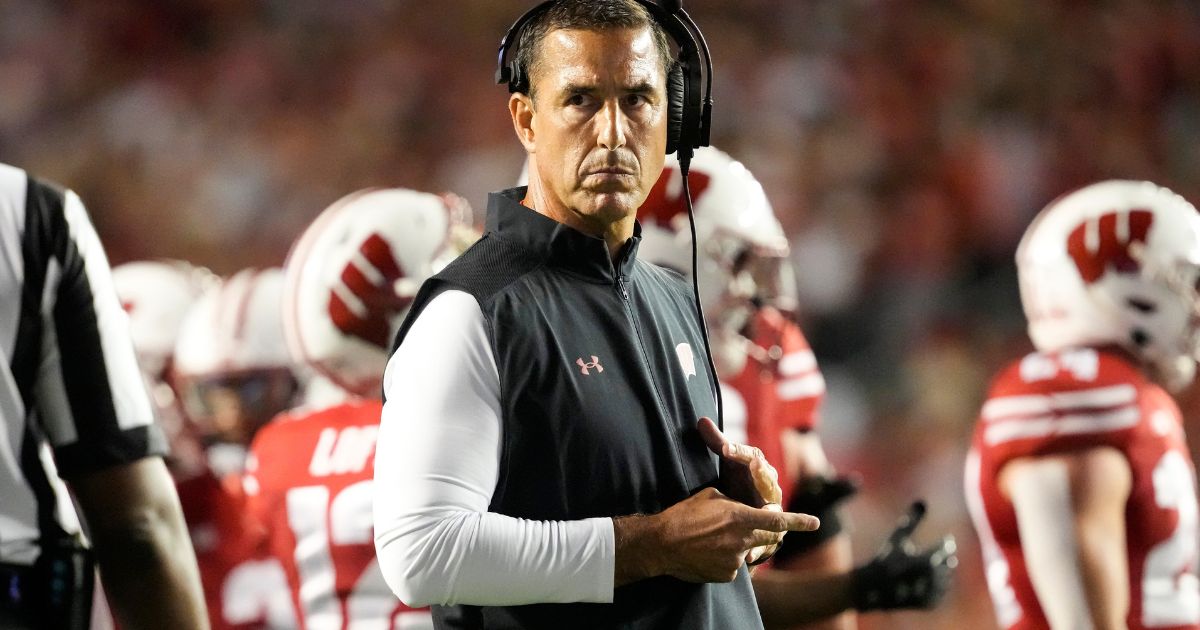
Last week, the attorneys representing the NCAA and power conferences agreed to a revised plan to phase in roster limits as part of a revised House v. NCAA settlement before Judge Claudia Wilken in the U.S. Northern Districk Court of California. The proposal, which would effectively grandfather all current student-athletes and any that were preemptively cut before the settlement was finalized, would appear to satisfy Wilken’s request last month.
And while Wilken is currently considering the revised proposal, if approved, the House v. NCAA settlement would pave the way for revenue-sharing between NCAA schools and student-athletes, with some programs able to share between $20-22 million annually, or 22-percent of the average Power Five school’s annual revenue, along with approximately $2.75 billion in back damages to former college athletes over a 10-year span. It would also mean strict roster limits in football (105), men’s and women’s basketball (15), baseball (34), softball (25), men’s and women’s soccer (28) and volleyball (18).
But, at least for any coaches concerned about having to cut players three months before the start of the 2025-26 academic school year, the amended settlement would seem to be a welcomed relief. Wisconsin head coach Luke Fickell, for one, explained the complicated balancing act football coaches have faced in recent months amid the ongoing uncertainty about the true impact of the settlement.
“I think the hardest thing about that is (that there are) some of the guys within your program that even in the winter we had some conversations with to say, ‘Hey, I don’t know what this thing is going to go to. If it goes to 105, we’re going to have to make some tough decisions.’ So there are some guys I think that could be looming in their head,” Fickell said last month during Spring practice. “If they do make this decision and it does come down and it is across the board, meaning everybody is going to have to conform to it, and there’s going to be obviously somebody paying attention and making sure everybody is on the same page. Then we’ll address that.
“(But) no, we can’t go about doing the things and building the things expecting to have to cut down, but I know that could be difficult on some guys that are curious what’s going to happen, and what their opportunities are going to be.”
Fickell admitted many of those conversations have already taken place at Wisconsin, though no definitive decisions will be made until the settlement has been approved and guidance is provided to programs.
“We have. And just trying to be forthright, … we care about all these kids, especially the guys that have been here for a while. If and when they do go to that, there’s going to have to be some tough decisions made. And it’s not going to be easy,” Fickell continued. “We don’t know the parameters to it all, we don’t know what that entails. Can guys be in waiting, can they still be apart of some things? We have no idea. So for us to jump too far ahead other than just being really honest and open with guys, and making sure they know what we feel and where we are with things, but not making any decisions.”
The devil is in the details, and until Wilken officially approves all parts of the revised House v. NCAA settlement, college football coaches like Fickell remain in wait-and-see mode.
— On3’s Pete Nakos and Nick Schultz contributed to this report.
-
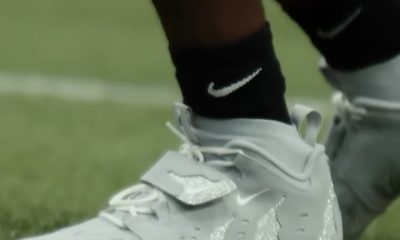
 Fashion2 weeks ago
Fashion2 weeks agoThis is poetry in motion.
-
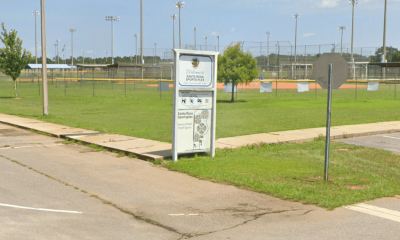
 Rec Sports2 weeks ago
Rec Sports2 weeks agoDeputies investigating incident that caused panic at Pace youth sports complex
-

 High School Sports3 weeks ago
High School Sports3 weeks agoAppling County football to forfeit all 10 wins from 2024
-
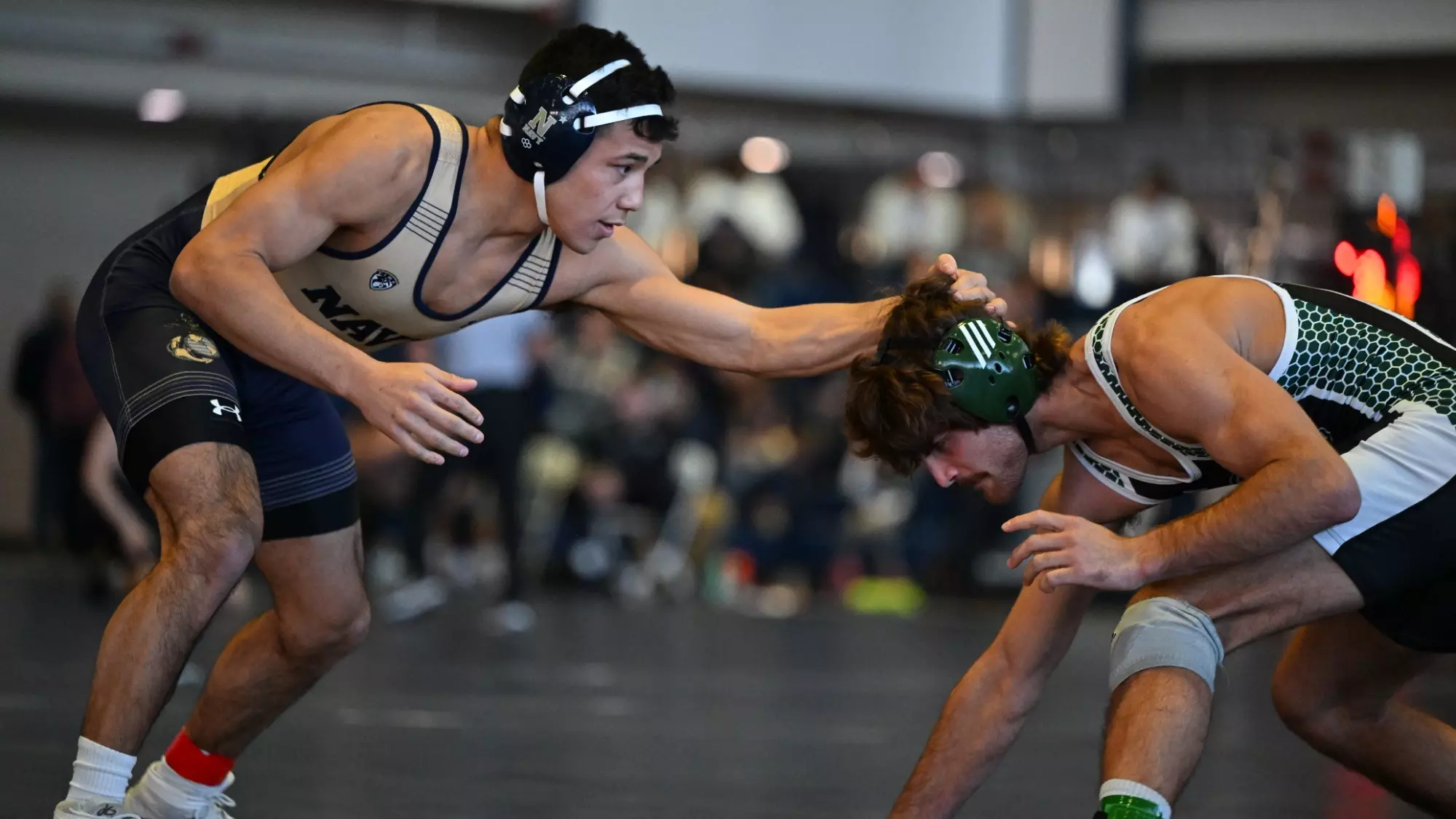
 College Sports3 weeks ago
College Sports3 weeks agoLehigh wrestlers prepare for wrestling U.S. Open
-

 NIL2 weeks ago
NIL2 weeks agoSave Like a Pro: NIL money isn’t free cash—taxes take a bite! Set aside part of …
-

 Sports2 weeks ago
Sports2 weeks agoHow to watch Yahoo Sports' NFL Draft Live show
-

 College Sports2 weeks ago
College Sports2 weeks agoDuke basketball's Isaiah Evans on 2025 NBA Draft early entry list
-

 Fashion2 weeks ago
Fashion2 weeks agohas always dreamed in Mercurial. Now his initials are on the boots. The new Kyl…
-

 Fashion1 week ago
Fashion1 week agoHow to watch Avalanche vs. Stars Game 7 FREE stream today
-
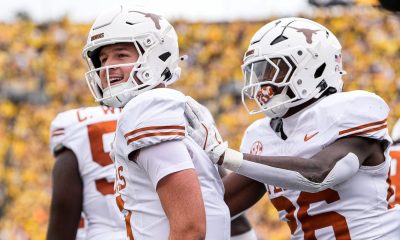
 NIL2 weeks ago
NIL2 weeks agoHow much money will Quinn Ewers make in NFL? Salary, contract details







